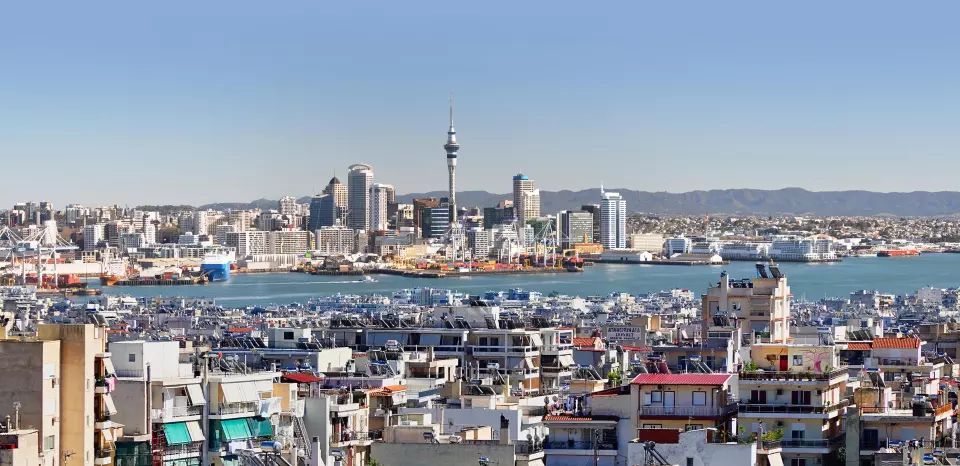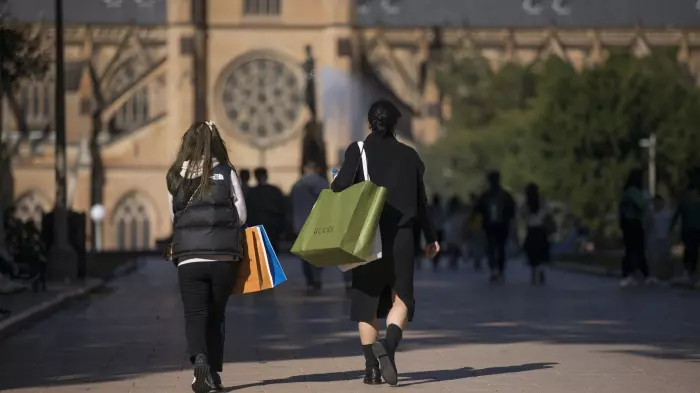Housing intensification not the only way to go: Future Auckland.
A group of concerned stakeholders have successfully campaigned for more time and consultation on Auckland Council’s draft Future Development Strategy (FDS), winning an extra four weeks and the opportunity for the public to present their views.
Aucklanders were originally given only four weeks to have their say on the strategy which, according to the council website, “sets out the big picture vision for how and where we should grow over the next 30 years to achieve the best outcomes for Tāmaki Makaurau.”
Future Auckland, a collective of more than 80 stakeholders in the housing sector, including planners, developers, goods and services suppliers, civil construction, and build companies, is campaigning to urgently rally the public to have their say on the FDS.
Public consultation was launched in early June; Aucklanders previously had only until July 4 to respond to the draft, which will govern the growth of Auckland for the next 30 years. Public pressure resulted in this period being extended to July 4, plus ‘Have Your Say’ events.
“Hardly anyone knows this is happening or what it means for our city,” says Paul Bull, Chief Executive Officer of Signature Homes, part of the Future Auckland group. “The council has done next to nothing to publicise it, and certainly nothing to educate Aucklanders on the scale necessary to meaningfully warrant the label of ‘public consultation’.”
The FDS removes or reduces Future Urban Zones in the Unitary Plan, ending greenfield development (including existing Future Urban Zones that require completion to become truly sustainable) while forcing intensification in areas where there is evidence infrastructure cannot support growth. Future Auckland says the importance of this was shown during the recent Auckland floods and Cyclone Gabrielle, where greenfield developments held up better against flooding than struggling older infrastructure.
“The argument of the current FDS is that everyone wants to live in an intensified landscape, which is not true. People want choice,” says Steve Evans, Chief Executive of Fletcher Building's Residential and Development Division, also a Future Auckland stakeholder. “They want choice in whether they live in an apartment, a terrace or a standalone home, in a variety of locations. The key driver for most people is the community they live in, its location and the price of their home.”
Future Auckland says intensification at scale is slow, expensive, and not possible in many places – and is calling for more consultation with industry stakeholders and the general public.
The group also says the need for the FDS is being driven by central government policy to reduce emissions and allow for a changing climate – but instead bureaucrats in the council have based it more on the traditional approach of limited funds for infrastructure and poor historic investment.
That is in spite of the fact Auckland will need to cater for a population forecast to grow by a further 500,000-600,000 people over the next 30 years.
Greenfield developments, which are carefully master-planned, can equally respond to climate change requirements and provide a range of additional advantages, the group says. They are proven to be faster to develop, provide cheaper, higher quality housing and infrastructure, are better at handling weather events due to the new purpose-built infrastructure and have the added benefit of reducing carbon emissions as communities create live-work environments.
Future Auckland believes that for the FDS to be future-proofed for generations to come, it has to allow for more choice and flexibility as the city continues to grow.
”Our primary aim is to see good quality urban design to be the core outcome of the FDS,” Evans says. “We don’t want to see carte blanche acceptance of greenfields or intensification as the single solution to provide much needed housing – the reality is both forms of urban growth should be recognised as needed for homes for people in years to come. We believe we should be planning for a future that allows people choice in how they live.”
He says the current draft FDS would severely restrict further greenfield development until at least 2050, as well as forcing intensification into existing urban areas that do not have the necessary infrastructure to support such development and discourage existing development – with all cost borne by the council.
“At scale, the cost of developing on brownfield sites is actually much more than a greenfield site, particularly in the eyes of the council,” says Evans.
“On a greenfield site, the developer is responsible for all the infrastructure within the site itself. The roads, the stormwater, wastewater, drinking water, power, telecoms and the like, are all part of our cost. Council or national government provides the trunk infrastructure to the development, but not within. In return, we hand over that infrastructure we provide to the council and they charge rates to maintain it, even though this cost for the first decade at least is minimal.”
“By comparison, if you then look at providing that same volume of homes across multiple developments within the urban area, the pipes can’t handle it. So someone needs to pay for the upgrades and this cost largely falls to the council – effectively the ratepayer.”
A third party research firm surveyed 510 demographically representative Aucklanders recently, finding that three-quarters are concerned about the city’s ability to cope with forecasted future population growth. A majority (58 per cent) supported either greenfield development or a mix of greenfield and intensification to meet Auckland’s future housing needs; fewer than one in five supported intensification on its own.
“This is a conversation all Aucklanders should be having,” says Evans. “We want people making a submission saying we want choice, we want supply, and we don’t want to be told by someone where we have to live, and what the form of that living looks like. We want a focus by the council on good urban design outcomes, irrespective of whether that is greenfield or brownfield.”
The campaign is encouraging all concerned Auckland residents and businesses to head to the FutueAuckland.org campaign website where they can:
- Make a submission
- Attend the ‘Have Your Say’ events
- Sign the petition to review FDS data and better consider existing developments
- Email their local councillor and request they vote against the current FDS
- Share the campaign on social media
- Support Future Auckland and co-sign the campaign
Public submissions are open from June 6 to July 31. The council submission page can be viewed here.






